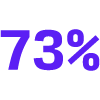How Esri Used VPAT® Reporting To Improve Customer Experience and Increase Development Efficiency

Summary
- A pioneer of geographic information system (GIS) software, Esri prioritizes accessibility in its goal to create a quality user experience for its clients.
- Recognizing a need to advance its product accessibility efforts, including obtaining a completed Voluntary Product Accessibility Template (VPAT), Esri partnered with Level Access.
- Level Access took the time to understand Esri’s products, providing holistic evaluations and actionable guidance for resolving issues. This enabled Esri to obtain completed VPATs to demonstrate their accessibility to potential buyers.
- By offering training and education to Esri’s product, design, and development teams, Level Access also empowered them to proactively incorporate accessibility throughout the software development life cycle (SDLC), driving efficiency for sustainable momentum.
- Esri can communicate proof of product accessibility to its clients, providing a competitive edge. Their ongoing commitment to accessibility has improved client experiences and brand loyalty.
Objective:
Make complex mapping software accessible for every client
As the leading global provider of geographic information system (GIS) software, Esri continually strives to improve product usability for its clients—prioritizing digital accessibility in the pursuit of seamless experiences for everyone, including people with disabilities. “We want all our clients, and their customers, to gain the most value possible from our software,” says Jessica McCall, Senior Accessibility Project Manager in Esri’s Business Management division. “Accessibility is important to that mission.”
While inclusion has always been a priority for Esri, the company doubled down on digital product accessibility when version 2.0 of the Web Content Accessibility Guidelines (WCAG) was officially released, which was of benefit throughout the COVID-19 pandemic. Esri, which works with government organizations as well as those in the private sector, knew its clients depended on its software to communicate essential information to the public. “There was critical data that needed to be available to as many people as possible, without barriers,” explains McCall.
-

73% of senior leaders say their organization requires proof of accessibility when purchasing digital products.
Download the report
Source: The Fifth Annual State of Digital Accessibility Report
However, Esri’s software produces complex data visualizations, which can be challenging to design in a manner accessible to all users, especially across their expansive suite of web, mobile, and desktop applications. “It was apparent that we needed experts in the field of digital accessibility to guide us to make significant changes to our products as well as our organizational processes,” McCall says.
Moreover, Esri sought to document product accessibility conformance by utilizing the industry-standardized VPAT to produce accessibility conformance reports (ACRs) for various Esri ArcGIS products. A standard requirement for software procurement in the public sector, ACRs are increasingly requested by private-sector buyers as well: 73% of senior leaders surveyed for the Fifth Annual State of Digital Accessibility Report say their organization requires proof of accessibility when purchasing digital products. To sell its software, Esri needed to provide buyers with proof of its products’ accessibility and practices. That meant working with an objective, experienced third party to support their product evaluation efforts in a consistent and comprehensive way, allowing Esri to generate standardized ACRs.
Solution:
Enlist the help of an expert to find and fix barriers, while integrating accessibility into product development
Seeking a partner to help incorporate and document product accessibility, Esri engaged Level Access. Level Access’s professional accessibility testers provided a holistic evaluation of Esri’s software, taking the time to grasp its intricacies and delivering actionable guidance for resolving issues.
“Our software is unique, and evaluating its accessibility requires an understanding of complex GIS capabilities and cartography workflows,” says Karl Frantz, Accessibility Lead in Esri’s Software Product Development and Release division. “The Level Access team has developed a deep knowledge of our products, and their guidance is consistently impactful.”
As Esri progressed toward its accessibility goals, the team worked with Level Access to standardize ACRs for various products, reflecting its commitment to inclusion on a global scale. Level Access supported Esri in understanding specific international accessibility requirements and scoped testing that aligned with these standards. “Selling to a global market, we had to learn about what level of evaluation and documentation was required for our wide variety of solutions,” says Frantz. “Level Access helped us quickly gain the clarity we needed to move forward.”
Results:
Improved client experience, more efficient development cycles
Esri’s clients have taken note of the company’s accessibility efforts. “Our clients recognize the results of our work, and they appreciate it. They thank us for helping them provide inclusive experiences for their audiences,” says McCall. This helps build brand loyalty and trust, as buyers want to align themselves with a vendor that shares their values. And Esri’s work hasn’t only improved experiences for people with disabilities. “We’ve found that accessibility helps every user navigate our products more efficiently,” McCall continues.
As part of Esri’s holistic accessibility practice, maintaining up-to-date ACRs allows Esri to communicate its commitment to buyers. “Having a clearly written ACR demonstrates our product team’s dedication to accessibility and transparency. It helps our clients understand the work we’ve done, and the work we’ll continue to do,” says McCall.
Regularly reporting on accessibility conformance has delivered added benefits, empowering Esri to proactively incorporate accessibility into new features. “The process of maintaining conformance documentation, based on the VPAT, has helped our product teams recognize accessibility opportunities throughout the SDLC,” says Frantz. “The earlier development teams lean into accessibility in the SDLC, the fewer errors that emerge in testing.”
Esri acknowledges that accessibility is an ongoing process. The team continues to seek out ways to build internal expertise and more deeply integrate accessibility best practices into its organizational processes. But Esri also celebrates the meaningful progress they’ve made.
“When we started our accessibility journey, many teams were challenged with adopting a more strategic, proactive approach to accessibility,” says Frantz. “Today, accessibility champions and subject matter experts occupy roles throughout the organization. We’ve formed a community and practice that continues to grow and mature.”


